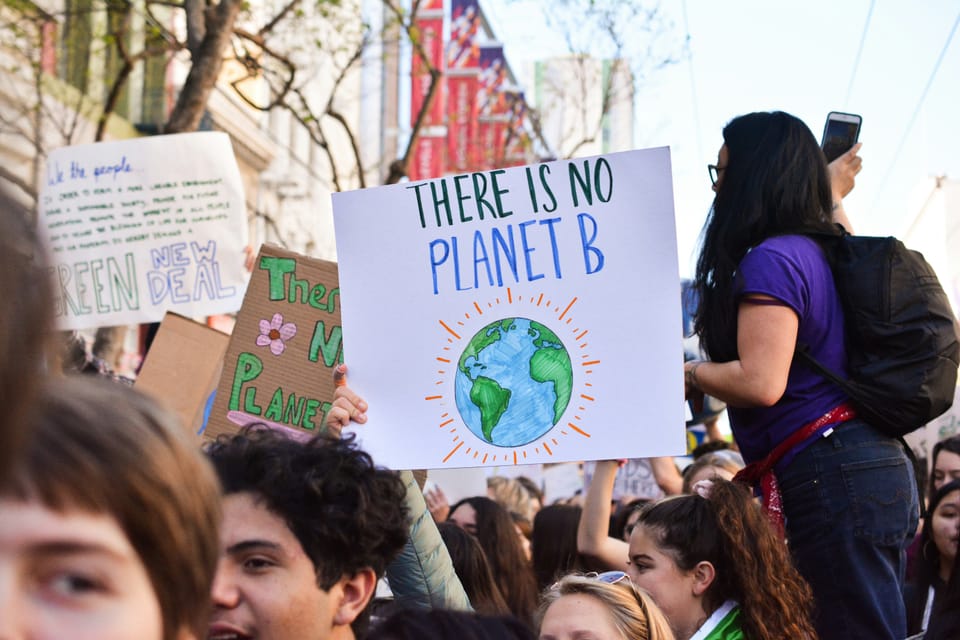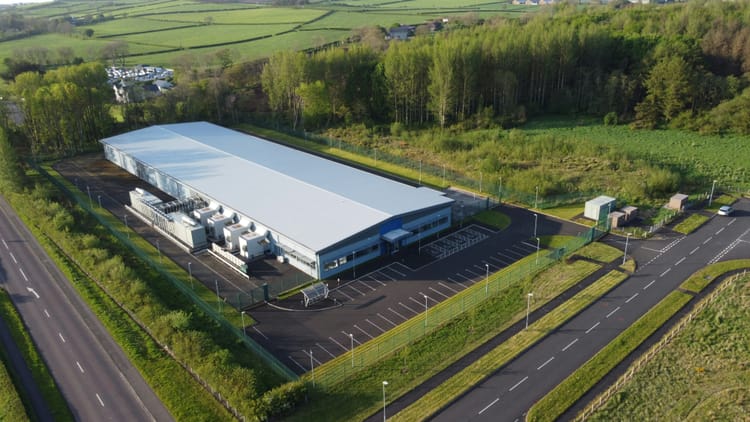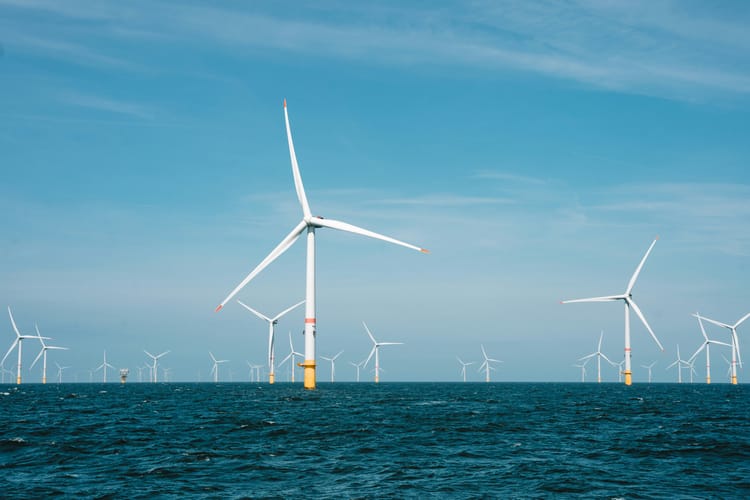More than 40% of global market capitalisation is now covered by science-based targets
"The message is clear: if businesses want to be ahead of the curve, then science-based targets are where businesses start.”

The number of companies setting near and long-term science-based targets for GHG reduction has grown exponentially over the past 18 months – these now represent 41% of global market capitalisation.
There are now more 8,200 companies with climate targets validated by the Science Based Targets Initiative (SBTi) – 11,000 when including those that have committed to setting the targets but have not received validation yet.







